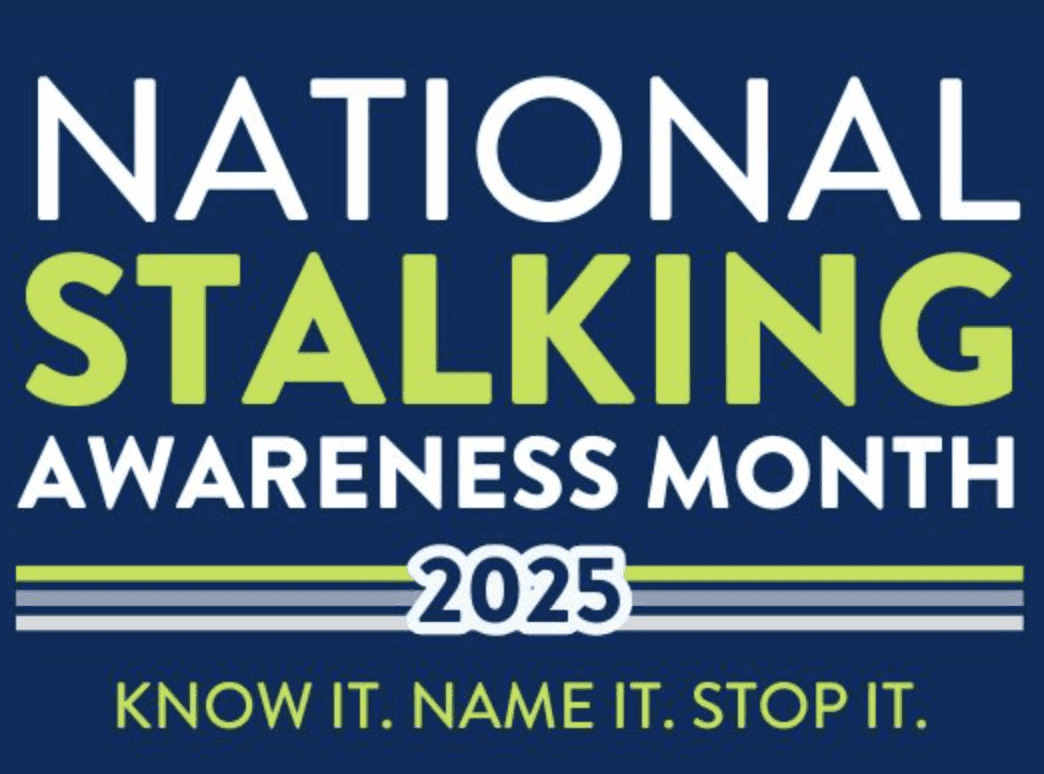NEWSTREAM — Goal of MAY: To provide motorists an opportunity to become more familiar with the motorcyclist’s view of the highway. Many state motorcycle safety programs focus on the other vehicle operators and getting them to become more aware of motorcyclists who share the road.
Reason for MAY: Over two-thirds of car/motorcycle crashes are caused by drivers, not by motorcyclists. The driver either does not see the oncoming motorcyclist at all or does not see the motorcyclist in time to avoid a crash. (source: NHTSA)
Crashes are most likely to occur when a car is making a left hand turn in front of a motorcycle operator, if a motorcyclist is riding in the driver’s blind spot and the driver fails to check blind spots before changing lanes, in the presence of hazardous road conditions (e.g. pothole) where a motorcyclist would need to take evasive action to avoid the hazard when a driver would not, whenever the driver’s line of sight is obstructed (e.g. by an SUV) blocking a motorcycle from view and making it seem to appear “suddenly.”
Reason for MSF involvement in project:
The Motorcycle Safety Foundation’s mission is to make the nation’s streets and highways safer for motorcyclists through rider training programs, operator licensing programs and public information campaigns. Because of this mission, it often partners with other groups to fund projects that promote motorcycle safety on a nationwide scale. The satellite media tour is sponsored and funded by MSF using a partial grant from NHTSA to complement its funding from its member companies.
Key message points to be delivered:
* 1. Motorist Awareness
Expect to see motorcyclists on the road.
Respect motorcyclist’s right of way – they follow the same traffic laws as cars.
Look out for motorcycles at intersections.
Anticipate a motorcyclist’s maneuver by realizing that they often need to take evasive action when a car would not (e.g. pothole).
Allow plenty of space for the motorcyclist on the roadway to allow them room for evasive actions.
* 2. Rider Training
Call (800) 446-9227 to find the location of the MSF rider training site nearest you.
MSF has introduced a new training course for 2002, the Basic RiderCourse. Using adult-learning principles, it’s a friendlier participant-centered training environment for riders of all levels.
* 3. Ride Straight
Don’t drink and ride.
* 4. Riding Gear
Wear protective gear whenever you ride. Helmet, eye-protection, long-sleeved jacket, full-fingered gloves, long pants, over the ankle boots with a rubber sole.
King states that most crashes occur when a driver doesn’t see the motorcyclist because the rider is in the car mirror’s blind spot. That’s why it’s so important for drivers to look for riders when changing lanes, and to give them plenty of room to maneuver. Motorcyclists can also learn important skills by taking a Basic Rider Course offered by the Motorcycle Safety Foundation, which will give them valuable information on dealing with traffic in critical situations.
King is best known as Cody Allen in the NBC series “Riptide” and Haley Armstrong in the Fox series “Melrose Place.” King is an avid motorcyclist with over 30 in his collection. His personal fleet includes a 1936 BMW motorcycle with sidecar. He has worked with the motorcycle industry to help introduce people to cycling and promote safety.
Printed in Volume 1 Issue 8



